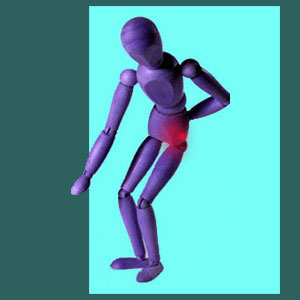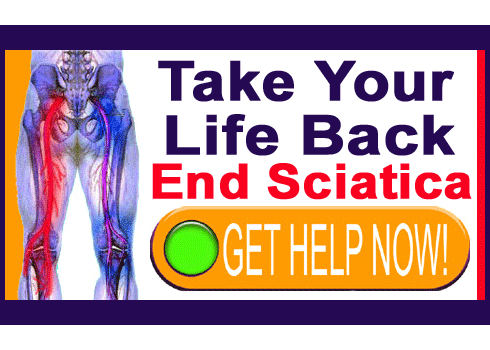
OTC medicine for sacroiliac pain provides relief using ingested and topical pharmacological products that are available without a doctor’s prescription. Over the counter drugs are one of the largest industries in the healthcare establishment, since they allow self-treatment of a wide range of health issues conveniently and economically at home. While these products are certainly useful, most substances do have some real risks to consider, particularly when used regularly or over long timelines.
Over the counter medication is an interesting product category. These consumer products are sold to the general public without any need to consult a physician prior to use. All the responsibility for safe consumption is placed on the consumer, which in this case is quite a considerable burden indeed. In our many years of education and advocacy work, we have discovered that virtually everyone uses OTC products without much forethought as to the many significant risks involved. In fact, OTC pharmaceutical products are responsible for more injuries and deaths than illicit drugs worldwide.
This important essay delves into the benefits, limitations and risk factors inherent to the use of over the counter drugs. We will explore both topical and orally ingested varieties of products to provide a complete analysis of this vast product sector.
Topical OTC Medicine for Sacroiliac Pain
Topical medications are not usually associated with sacroiliac pain, since the joint is deep in the anatomy and is basically unaffected by substances that are applied at skin level. However, we include an analysis of them here, since many readers continue to write to us and ask for our recommendations.
For accurately diagnosed cases of sacroiliac pain, we can not recommend any topical OTC medication, since the positive effects will basically be nil. If the patient is suffering related muscular pain, then they may enjoy some degree of symptomatic reduction in the surface tissues that might benefit from topical drug application. If patients do enjoy significant benefit from topical OTC drugs, then this is evidence of possible misdiagnosis. This is an important point to remember, since many chronic pain problems are mistakenly blamed on the sacroiliac joint, although they might be sourced elsewhere, such as in the hip, spine, pelvis or mind.
Topical medicines are generally safe and many are actually made from mostly organic ingredients.
Oral OTC Medicine for Sacroiliac Symptoms
Oral OTC drugs are the most common form of treatment for all chronic pain problems, including sacroiliac symptomology. Oral drugs are super easy to use and might be mildly to moderately effective for most types of pain. The vast majority of oral route OTC drugs are taken to mitigate pain, while only a minority of drugs are taken for alternate primary benefit, such as reducing stiffness or increasing functionality.
Oral route drugs are unfortunately systemic in their effects and will have collateral negative consequences on the entire anatomy, with focal risks provided to the liver, blood and digestive system. While these drugs might help to reduce discomfort, they cumulative effects are proven to be incredibly dangerous to general health. Most patients who use them for an extended duration, even as indicated and directed, will suffer detrimental effects on overall wellness.
The most common forms of OTC medications for sacroiliac pain management include aspirin, acetaminophen and ibuprofen.
OTC Medicine for Sacroiliac Tips
There is nothing wrong with taking the occasional drug for an acute presentation of pain, as long as the directions are followed in terms of dosage and contraindications. However, being that virtually all sacroiliac joint pain syndromes are persistent problems, drugs will have to be utilized over long timelines, increasing their dangers exponentially and making us recurrently warn patients that the pharmaceutical treatment path is not meant to be applied indefinitely.
Patients are far better served learning about more constructive methods of pain relief which can be safely employed over longer durations of need. Exercises, TENS, massage, acupuncture, physical therapy, chiropractic and especially pain coaching are some of the best constructive pain management practices.
There are many options for patients to pursue when it comes to finding safe and effectual pain reduction without relying on drugs. Some of these approaches to care require professional care, while others can be implemented as home remedies. We detail the full range of possible therapy choices in our section covering sacroiliac treatment. Patients should invest the time to learn all of their options before taking the “easy way out” and simply popping pills on a daily basis. The heath consequences of the pharmaceutical route will eventually catch up all who pursue this treacherous path for too long.
Sacroiliac Joint Pain > Sacroiliac Treatment > OTC Medicine for Sacroiliac





